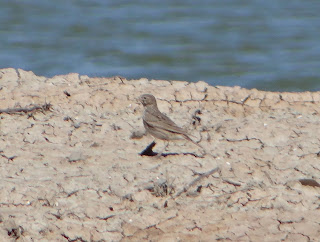Scientific Name: Columba palumbus
Population Estimate: 27M - 51M
Range / Habitat: Wooded areas in southern and western Europe, extending to eastern Europe and western Asia in summer.
Field Notes: Large pigeon, generally grey-purple, with conspicuous white neck spots, white eye-ring, and white shoulders in flight.
Personal Notes: A common sight around Alhambra in Granada, Spain and then again at Kew Gardens in London.

























